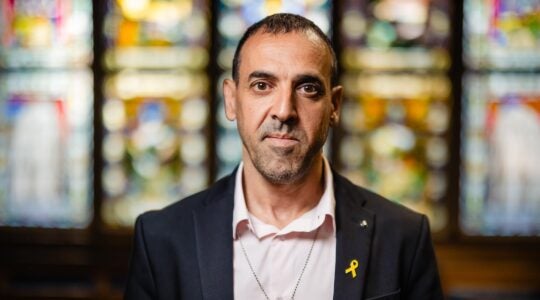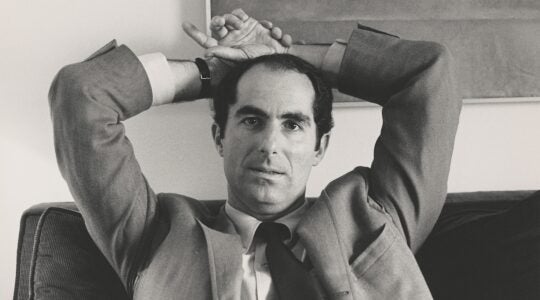At first glance, the “Special Report on Poverty,” the third and final part of the 2011 population study of the Greater New York Jewish community that was commissioned by UJA-Federation in consultation with the Metropolitan Council on Jewish Poverty, holds no surprises.
Jewish poverty in the eight-county area is up significantly in the last decade, since the last major study of New York Jewry, the study that was released last week reported. According to the report, the biggest pockets of local poverty are haredi households and families of émigrés, particularly elderly ones, from the former Soviet Union. The increased needs make further demands on limited communal resources.
The increase in the number of Jews who live at the federally defined poor or near-poor levels, especially since the recession that hit five years ago, is not news to anyone familiar with Jewish life here.
But to many people, the report was undoubtedly an eye-opener.
To many members of the area’s Jewish community, it’s a community of unparalleled success, which generously supports any number of Jewish causes.
But affluence does not tell the entire economic story of the community. That’s the story that the UJA-Federation study tells. Some 20 percent of Jewish households in New York City, Long Island and Westchester — or more than 560,000 people — live in poverty; they are dependent on governmental benefits and supplemental support from both the network of UJA-Federation agencies and from a separate network of charities within the haredi community.
The poverty is distressing. The Jewish response to the poverty is encouraging.
Under the aegis of Met Council, Jewish community centers and community councils in the Greater New York area spend millions of dollars each year on anti-poverty programs, distributing food to the indigent, offering employment advise to the unemployed and underemployed, guiding the needy in obtaining the government benefits they need.
New initiatives are sure to grow in response to the new study, but the communal leaders who unveiled the findings last week said it will take time to develop new programs.
The Jews of New York will respond to the needs in their midst —and that is no surprise.
The New York Jewish Week brings you the stories behind the headlines, keeping you connected to Jewish life in New York. Help sustain the reporting you trust by donating today.




